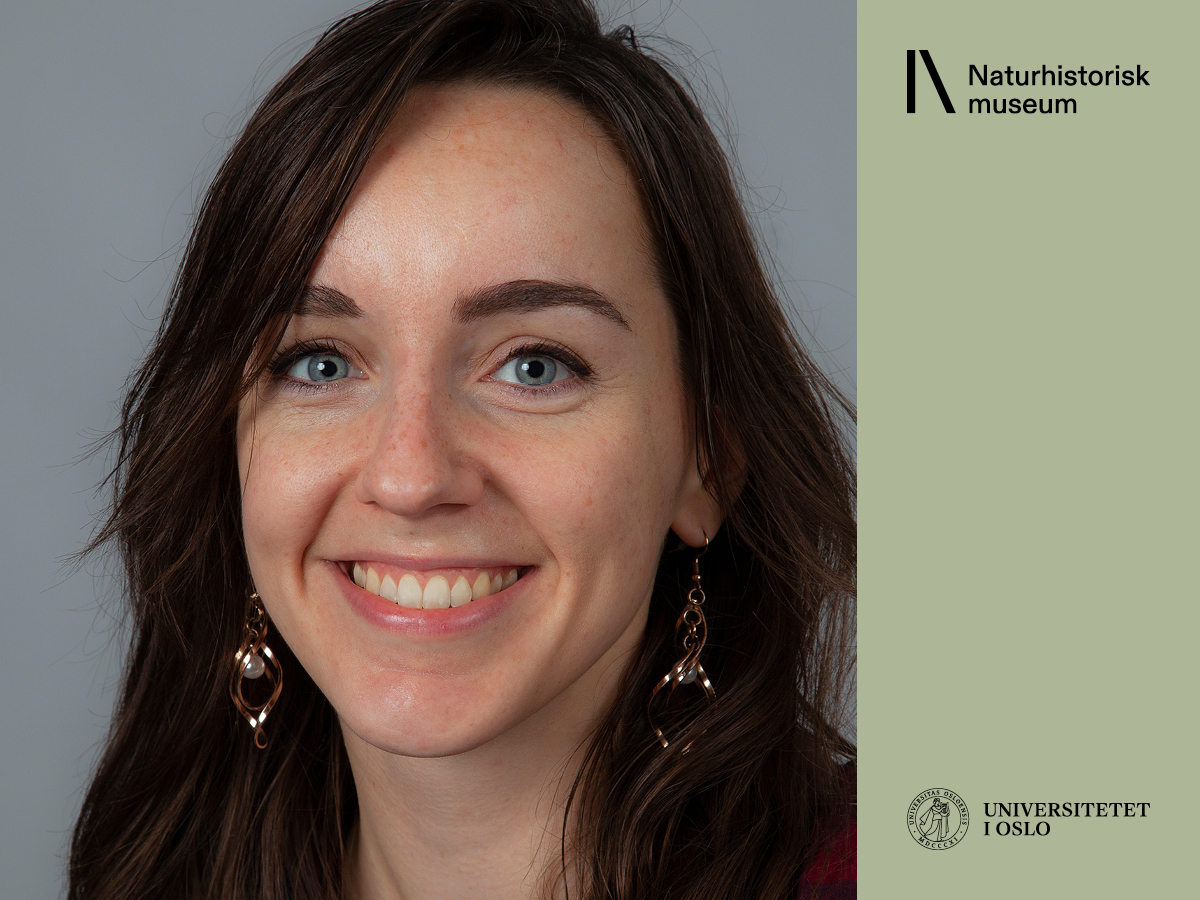Trial Lecture
Title: "Museomics: A valuable tool for conservation"
Time and place: Sep. 8, 2023 10:15 AM, Auditorium - Lids hus
Public Defence
Those who are not able to attend in person may follow the public defence online.
Click here to follow the public defence on Zoom
Adjudication Committee
- Research Scientist & Team Leader Dr. Katharina Nargar, Commonwealth Scientific and Industrial Research Organisation
- Researcher Dr. Natalie Iwanycki Ahlstrand, Natural History Museum of Denmark, University of Copenhagen
- Associate Professor Dr. Michael Matschiner, Natural History Museum, University of Oslo
Chair of the Defence
Museum Director Brit Lisa Skjelkvåle, Natural History Museum, University of Oslo
Supervisors
- Research Director and Professor Hugo de Boer, Natural History Museum, University of Oslo
- Director of Science and Professor Alexandre Antonelli, Royal Botanic Gardens, Kew
- Senior research leader and Professor Michael Fay, Royal Botanic Gardens, Kew
- Professor Barbara Gravendeel, Naturalis Biodiversity Center, Leiden
Summary
Wildlife trade is one of the largest threats to biodiversity today. To curb the devastating effects of unrestricted trade on species that are vulnerable to overexploitation, international trade is only permitted under strict conditions. The orchid family comprises the largest group of species that are protected under international treaties. In spite of regulations, edible orchid tubers that are used for a popular Mediterranean delicacy called ‘salep’ are traded widely. This thesis explores which species are preferentially sold as salep and how this compares with traditional salep collected decades or even centuries ago. The first chapter reviews the methods available for monitoring (illegal) trade. Based on this, “target enrichment”, which captures genetic information from hundreds of target genes in the genome, was selected as the most promising tool for detecting the species identity of dried and degraded orchid tubers. The second chapter develops custom resources to capture 205 orchid-specific genes, demonstrating their effectiveness in untangling the relationships between over seventy potential salep species. The final chapter deploys these resources by identifying nearly 200 salep tubers, and shows that more species are being harvested over time – a trend that is likely to be unsustainable with negative consequences for local orchid populations.
Contact
